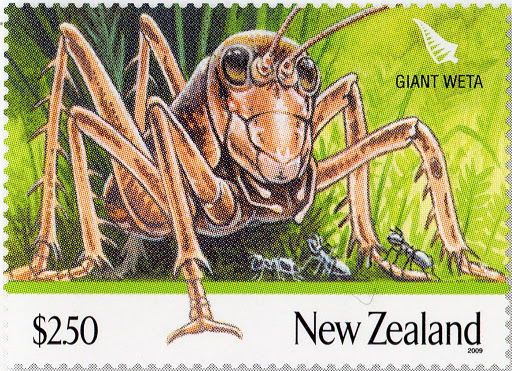New Zealand agriculture and horticulture is dependent solely upon bees to carry out pollination. We have no other insects capable of doing the job. Yet these vital workers are under extraordinary threat, not only from insecticides but also from disease, habitat loss and the varroa mite. Currently, this mite poses the most immediate danger. Since its arrival in 2000 it has exterminated feral bees whose role in pollinating clover was taken for granted by farmers. Clover is an important source of natural nitrogen, the prime fertiliser of pasture. We can’t afford, therefore, to compromise the health of bees that are managed in hives or we risk losing everything – the export basis of our economy, along with the security of the food which keeps us alive. But by using insecticides whose active ingredient is a systemic neonicotinoid chemical, it’s likely we are. The National Beekeepers Association points out that all the conditions which are implicated in bee die-off overseas exist here, namely: the threat of increased pests and diseases, the long term effects of the varroa mite, the sub-lethal and synergistic effects of agricultural chemicals and the loss of habitat.
Recent outbreaks of American Foulbrood disease in hives in Hawkes Bay and Northland are a timely pointer to the precarious life of our major pollinating insect – the bee – and to the factors impinging upon its health. Evidence is accumulating amongst scientists in Europe and the USA of the long term harmful effects of systemic insecticides, particularly those whose active ingredients are synthesised from nicotine (neonicotinoids). Systemic means that they are absorbed into a plant’s system and permeate every part, including the pollen. All insects, harmful or beneficial, coming into contact with the plant, are affected. They are either killed outright or receive a sub-lethal dose of the insecticide which harms them in some way and leads to their death. Neonicotinoids work as neurotoxins, binding irreversibly and cumulatively to block postsynaptic receptors in the central nervous system of insects. The effect in bees is to impair their ability to navigate back to the hive and to weaken their immune systems, making them more vulnerable to infection and to the varroa mite. Neonicotinoids, as well as being persistent, are water soluble. Residues which contaminate ground water spread the chemicals to wild plants which absorb them, systemically, affecting more insects. The wider picture includes not just bees and insects. If there are fewer insects there will also be fewer of the birds which rely on them for food. This is what has happened in many parts of Europe, particularly in Holland where the contamination of waterways by imidacloprid has been documented by ecotoxicologist Henk Tennekes. He has correlated the contamination with the steep decline and, in some cases, the extinction of many species of insectivorous birds. In his book “Systemic Insecticides: a Disaster in the Making” he estimates that farmland birds in Europe have declined by half in the last 30 years. Tennekes believes that environmental catastrophe is the inevitable outcome of what he describes as the irreversible and cumulative damage caused by the contamination of ground water by persistent insecticides. He writes: “The data show that it is actually taking place before our eyes and that it must be stopped.”
We have the opportunity to avoid such calamity here and to capitalise on our 100% Pure marketing ploy by making it genuine. We have to prevent the disturbing losses in honey bees which are occurring almost world-wide and which are known as Colony Collapse Disorder in the US. But there are signs that we are already embarked on that fatal path.
The National Beekeepers Association points out that all the conditions which are implicated in bee die-off overseas exist here, namely: the threat of increased pests and diseases, the long term effects of the varroa mite, the sub-lethal and synergistic effects of agricultural chemicals and the loss of habitat.
Source: Pat Baskett in the New Zealand Farmers Weekly of December 12, 2011 - "Opinions" section (attached)
Karen Wealleans & Pat Baskett on the Dangers of Neonicotinoids, Thursday, September 22nd 2011:
http://www.greenplanetfm.com/members/greenradio/blog/VIEW/00000001/0000…

- Log in to post comments
